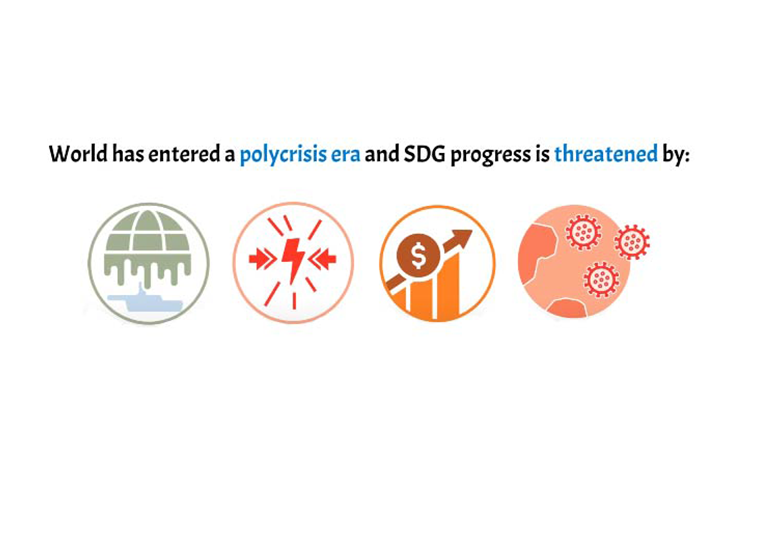It’s harder to hold an infant responsible for being poor
The four-decade rise in wealth inequality in the United States has brought us to the current situation in which 5% of Americans control more than two-thirds of wealth.
That imbalance is not lost on the 95%. A survey by Pew Research a few years ago reported that more than 6 in 10 Americans felt that there is too much economic inequality. In January 2024, just 29% of participants in a Gallup poll said they are somewhat or very satisfied with the way wealth and income are distributed in the U.S., down from 36% in 2021.
There’s less consensus on potential remedies. In the same Pew study, two-thirds of people who are troubled by the level of economic inequality say big changes are needed, yet Gallup reports Americans are basically split on raising taxes on the wealthy, which is a widely accepted systemic approach to economic redistribution.
Baby Steps
Research by UCLA Anderson’s David Dolifka, a Ph.D. student, Indiana University’s Katherine L. Christensen, and UCLA Anderson’s Franklin Shaddy, forthcoming in Social Psychological and Personality Science, suggests a simple framing device compels more people to be supportive of redistributive policies.
One impediment to garnering support for redistributive policies is that there’s a considerable camp that believes we all have equal opportunity. From there, it’s a short hop to the stance that there is something lacking in the individual effort of those who find themselves economically disadvantaged. And if you believe our outcomes are solely a function of individualistic initiative, you’re less interested in structural redistribution programs.
Dolifka, Christensen and Shaddy ran a series of experiments intended to reduce the individualistic argument.
They put more than 5,500 participants through online exercises making judgments about varying levels of economic inequality. Buy-in for redistributive policies was higher when participants were randomly assigned to learn about inequality between babies (literal blameless innocents no one can suggest are in their economic predicaments because of a lack of initiative or effort), as opposed to learning about the same level of inequality between 35-year-old adults.
“Highlighting inequality between babies makes salient unequal opportunities, whereas highlighting similar levels of inequality between adults makes salient unequal outcomes,” the authors write.
In one experiment nearly 2,000 participants were shown photos of either babies or 35-year-old adults, with the same economic bio, as shown below. The test was also sorted to measure racial differences.
All participants were then asked to rate on a scale of 1 to 7 (strongly disagree to strongly agree) whether they supported a policy “to make these people more financially equal.”
The overall average score for those shown baby pictures was 5.23, compared with 4.94 for those shown the adult photos.
A similar study removed the potential cuteness factor, by using text, rather than photos to convey information about the young and older Americans. Participants were also presented with a more specific potential remedy: their level of support for a food stamp program. Once again, the baby frame was more effective at garnering policy support (5.98 versus 5.6).
The Cuteness Quotient
On a practical level, this research suggests nonprofit fundraising pitches might want to move cute kids front and center. Moreover, the researchers lay out how policymakers might leverage the findings.
“It may be more politically effective to promote baby bonds to pay for college, as opposed to student loan forgiveness for adults; criminal justice reforms could be reframed as restoring equal economic opportunities for the families of those incarcerated; or, when natural disasters such as floods and fires destroy houses, reconstruction efforts might highlight children who lost their homes (and thus access to the opportunities enabled by a stable living environment), rather than property owners who lost their assets,” they write.
“In each case, the same policy goal might be better achieved by thinking creatively about how to shift attention from outcomes to opportunities.”
Featured Faculty
-
David Dolifka
Marketing, Ph.D. candidate
-
Franklin Shaddy
Assistant Professor of Marketing and Behavioral Decision Making
About the Research
Dolifka, D., Christensen, K.L., & Shaddy, F. (in press). Highlighting Opportunities (Versus Outcomes) Increases Support for Economic Redistribution. Social Psychological and Personality Science.






